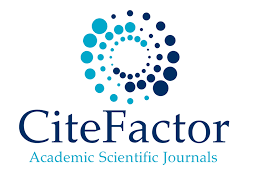INTEGRATING LOW-IMPACT DEVELOPMENT TECHNIQUES IN HERITAGE SITES: INSIGHTS FROM THE DIENG TEMPLE COMPLEX
DOI:
https://doi.org/10.62603/konteks.v2i5.193Keywords:
LID, infiltration technology, surface runoff, Dieng Plateau, WonosoboAbstract
The Dieng Temple Complex is a significant archaeological site representing ancient Hindu influences, located on the Dieng Plateau, Central Java. Due to its high elevation and associated environmental conditions, the complex faces specific hydro-geotechnical challenges. This study assesses the impacts of proposed development activities within the complex, especially on the hydrological parameters. Field evaluations and modelling by Environmental Protection Agency Stormwater Management Model (EPA SWMM) software are conducted during the study. The results indicate that the current conditions exhibit minimal hydrological impacts. However, the proposed developments could substantially increase the impervious surface and modify surface runoff patterns. Along with the development plan, sustainable practices to minimise the risks are to be implemented. Implementing Low-Impact Development (LID) techniques may mitigate the effects mentioned earlier. It is recommended that the integration of sustainable practices be stressed to preserve the cultural and environmental integrity of the Dieng Temple Complex. This approach balances developmental aspirations with conservation imperatives, ensuring that the site’s historical and cultural significance is preserved. By adopting these measures, the Dieng Temple Complex can maintain its status as a vital site for researchers, historians, and tourists interested in Indonesia’s early history while also supporting the local community’s economic welfare through sustainable development practices















